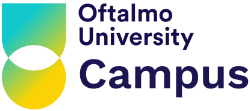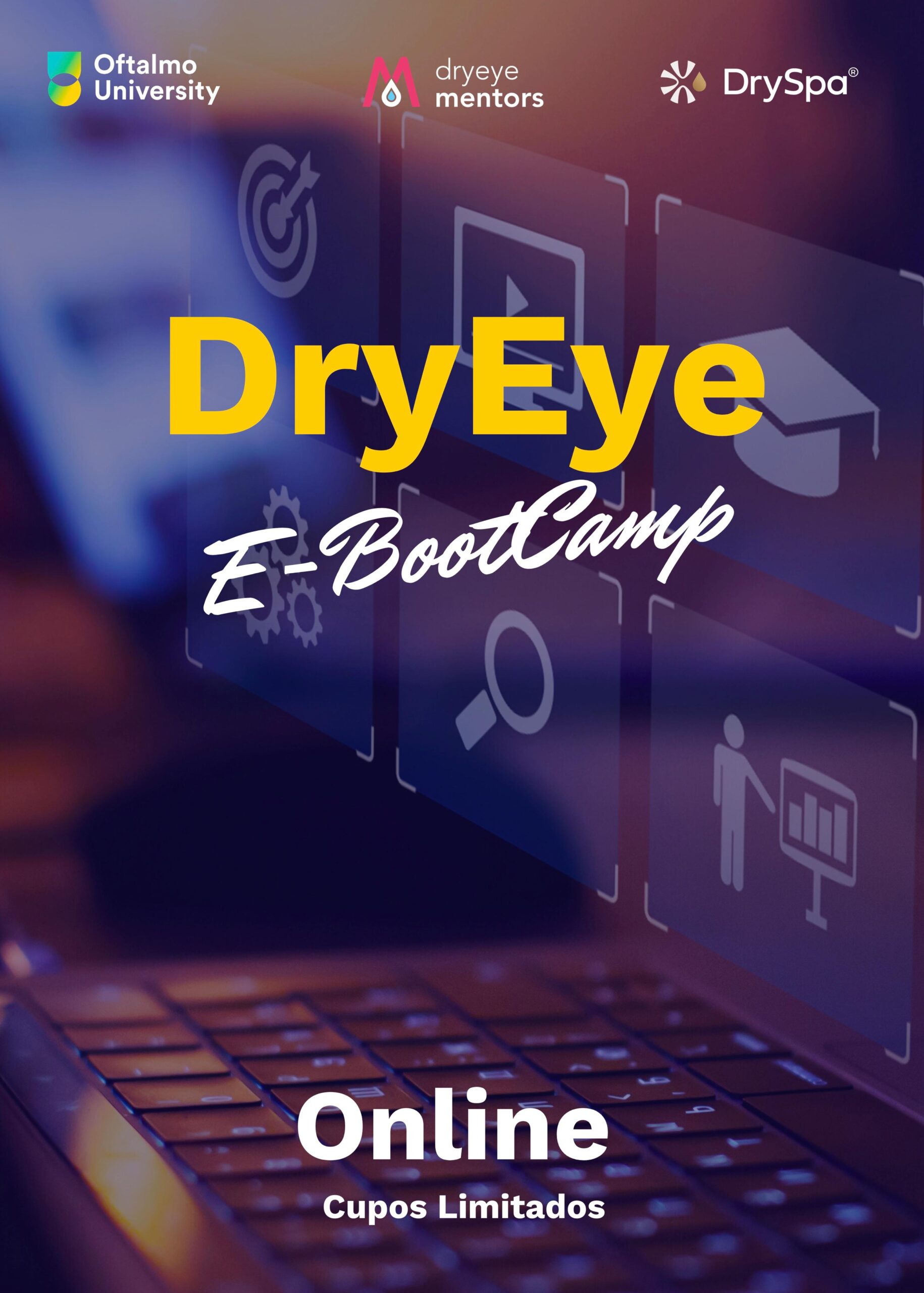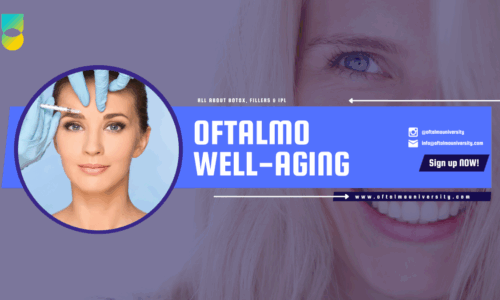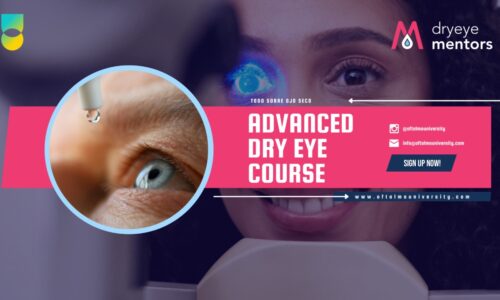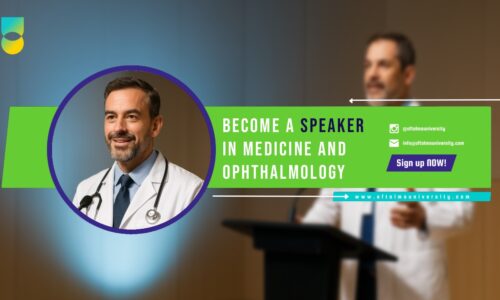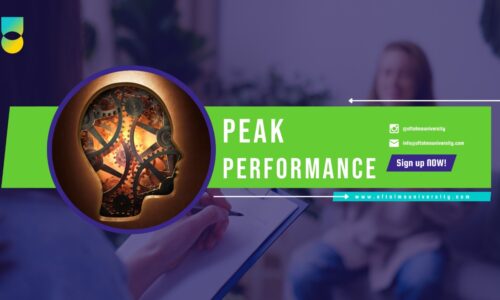Next edition: November: 5, 12, 19 and 26, 19 hs Mexico, 22 hs Arg
Module 1: Dry Eye Expert (Introduction)
- Welcome and Mindset
What is a bootcamp and why is it different?
Inspiration: Minerva and disruptive universities.
The new 21st-century skills: the 4Cs (critical thinking, communication, collaboration, creativity).
Goals and expectations: what it means to be a Dry Eye Expert.
Activity: Icebreaker – each participant shares in 2 minutes their current relationship with dry eye and what they aim to transform.
- The Blind Spot in Training
The educational gap: why were we never formally taught about dry eye?
Dry eye as a multifactorial and chronic disease.
Impact on quality of life and productivity.
Brainstorming activity: “What is dry eye in your daily practice?” – collaborative mural of ideas.
- Defining the Role of the Dry Eye Expert
Not only a clinician: also educator, communicator, and manager.
What it means to become a local/global reference in dry eye.
The concept of mentorship within the dry eye community.
Module 2: Communication
- Reframing the Dry Eye Narrative
What is dry eye, really?
“Your patient is already in front of you”: active detection in the general consultation.
The new classification framework (TFOS DEWS III).
Activity: Write in one sentence how you would explain dry eye to a patient without technical jargon.
- Building Trust with the Chronic Patient
Compliance as the key to clinical success.
How to communicate that dry eye is chronic without discouraging the patient.
The role of empathy and active listening.
Activity: Role play – explaining to a patient that they will need chronic treatment and follow-up.
- Health Education and Persuasion
Tools to communicate value: beyond “lubricating drops.”
How to explain procedures (IPL, LLLT, QMR) in patient-friendly language.
Storytelling in clinical practice.
- Why Focus on Dry Eye
Prevalence and underdiagnosis.
Impact on productivity and quality of life.
Positioning yourself as a specialist among patients and colleagues.
Module 3: Diagnosis
- Conceptual Framework and Algorithms
TFOS DEWS III: diagnostic methodology.
Latin American algorithm (LUBOS).
Differences and complementarities.
Activity: Clinical case – apply both algorithms and discuss differences.
- Strategies for Smart Diagnosis
Identifying etiological drivers (inflammation, glandular dysfunction, aqueous deficit).
The mismatch between signs and symptoms.
Practical flowchart for efficient diagnosis.
Activity: Build a decision tree in groups to classify dry eye patients.
- Paraclinical Tools
What adds value: meibography, osmolarity, non-invasive BUT, tear meniscus, questionnaires.
How to prioritize based on available resources.
Activity: Design a minimum test set to start a dry eye clinic in different scenarios (low, medium, and high budget).
Module 4: Treatment
- Principles of Dry Eye Management
Chronic mindset: the disease and its follow-up.
The concept of the therapeutic ladder.
Importance of education and adherence.
Activity: Group debate – which weighs more in treatment success, technology or patient adherence?
- Pharmacological Options and Lubricants
Lubricants: components, characteristics, preservatives.
Strategies to select the best artificial tear for each patient.
Activity: Solve a clinical case selecting the right artificial tear according to the patient profile.
- Advanced Therapies
IPL, LLLT, QMR: fundamentals, evidence, use cases.
New trends in regenerative therapies and medical devices.
- The Dry Eye SPA Concept
Patients seek an experience, not just treatment.
How to design protocols that combine science, wellness, and differentiation.
Real examples of implementation.
Module 5: Implementation
- From Theory to Practice
How to integrate what you’ve learned in diagnosis, communication, and treatment into daily consultations.
Examples of “quick wins”: small changes that create immediate impact. - Building a Dry Eye Service/Center
Designing patient flow: from reception to follow-up.
Minimum viable equipment (MVP): what you absolutely need to start, and what can be added later.
The Dry Eye SPA concept as a high-value differentiator. - Medical Communication and Marketing Strategy
Communication and marketing.
How to position yourself as a dry eye reference.
The value of building a personal brand in the dry eye field.
Using social media to educate patients and referring doctors (from other specialties).
Bootcamp Closing
Feedback from mentors and peers.
Delivery of the Dry Eye Expert certificate.
Course Features
- Lecture 0
- Quiz 0
- Duration 10 weeks
- Skill level All levels
- Language English
- Students 0
- Certificate No
- Assessments Yes
